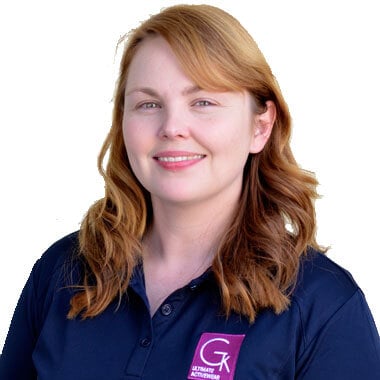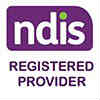
A MAT assessment, or MAT evaluation, is commonly used by seating clinicians as part of the seating and mobility assessment process. But for some clinicians, it can be tempting to skip the MAT assessment as they can be time consuming, or it may be difficult to find a suitable location to conduct the assessment. But despite there occasionally being challenges to completing a MAT assessment, in this blog post we’re going to talk about how important it is that a MAT is completed.
But firstly, what is the MAT assessment? The MAT stands for Mechanical Assessment Tool, and is used to:
- determine available range for a seated posture
- determine seated angles
- determine loading areas
- determine whether postural asymmetries are flexible or fixed.
- determine if neutral alignment is achieved, and if it’s tolerable.
- determine where support surfaces are required
Basically, we’re looking at how the client’s body operates in the seated and lying (supine) position, and then assess any potential interventions for improving posture and pressure management by using your hands to mimic lateral supports, pelvic belts or any other supports you think might be needed. Completing a MAT assessment can be daunting at first, but practice will make perfect! Once you get your hands on the client and write down what you see and feel, it will seem much less intimidating.
A MAT assessment has three parts to it when completed in full. The first part is the seated evaluation, where the client is assessed in their current wheelchair. During this part of the MAT assessment, postural issues experienced in the current system are often identified, and you can feel the client’s pelvis and identify any pelvic obliquity, pelvic rotation and range of motion limitations that are occurring in the current seating.
The second part of the MAT assessment involves the supine, or lying evaluation. This part of the assessment looks at identifying the range of motion available in the hips, knees and ankles to determine how the person’s body can be positioned in a seated position. For example, if your supine assessment shows that the client has limited hip flexion and could not tolerate sitting with the hips at 90°, you might consider changes to the cushion to allow the client’s hips to be at 100°. To measure the range of motion, you can passively move the lower limbs to see what movement is available and measure what movement is available with a goniometer.
The third and final part of the assessment is the unsupported sitting component, which allows you to simulate what supports will be needed for the seating system. Generally the client is supported into a sitting position on the edge of a plinth or firm surface, and you can use your hands to mimic supports that could be put in place in a seating system and what the client needs to optimise their seated position. It can sound intimidating, but it can be quite straightforward. If the client requires one hand up near the axilla or armpit on the right side and one hand at the bottom of the ribs on the left side to be in positioned in the best functional position, this is likely where any lateral supports in a seating system need to be. The angle and size of your hands can also help to determine the angle and size of the lateral supports.
Let’s talk again about some of those challenges that often prevent a MAT assessment from being completed. MAT assessments can take at least an hour and often more, and in today’s world of billable hours and limited hours set aside for therapy interventions, it can be easy to skip the MAT assessment to save some of those precious hours. For some clients, particularly larger adults, you may benefit from having another clinician with you to assist with the assessment, and this again can pose problems when billable hours are a fact of life. But considering the importance of the information gained from the MAT assessment, and the impact this has on seating and mobility prescription, it is simply vital that the assessment is completed. A seating and mobility solution that is likely going to be used for hours every day for several years is being prescribed, and it is imperative to get that right. You need all the information to prescribe the most appropriate solution, and the MAT assessment is a major part of getting that information.
The second barrier many clinicians face when completing a MAT assessment is the lack of suitable space. To complete the assessment, it is ideal to have a firm surface to ensure that the information you’re getting is accurate. You don’t want to think a client has a pelvic obliquity, when really it was just the soft surface that made them lean to one side. But in a community setting, finding a firm surface is tricky. It is unlikely you have a plinth easily available, and although MAT evaluations for smaller children can usually easily be completed on the floor, it is often difficult to move a larger child or adult to the floor for the assessment. In these situations, it’s a matter of trying to find the firmest surface you have. Perhaps a portable massage table may work, or the best surface available might be the client’s bed. If they are using an air mattress you might be able to adjust the setting to turn off any alternating sections and make it firmer. Or perhaps using a firm foam camping mattress on top of their bed can help ‘firm up’ the bed a little. In community settings, it is often about trying to do the best you can in the setting you are in, but any MAT assessment is better than none.
If you would like more advice on MAT assessments or help with interpreting your assessment results into product recommendations, contact our friendly GTK consultants. The NSW State Spinal Cord Injury Service also has a fantastic online Professional Development Program for seating clinicians that includes a section on MAT assessments which you can access at https://www.aci.health.nsw.gov.au/networks/spinal-cord-injury/spinal-seating. GTK often run training sessions throughout the year on seating prescription and the assessment process, and you head on over to www.gtk.com.au/events to see what clinical education we have coming up.



